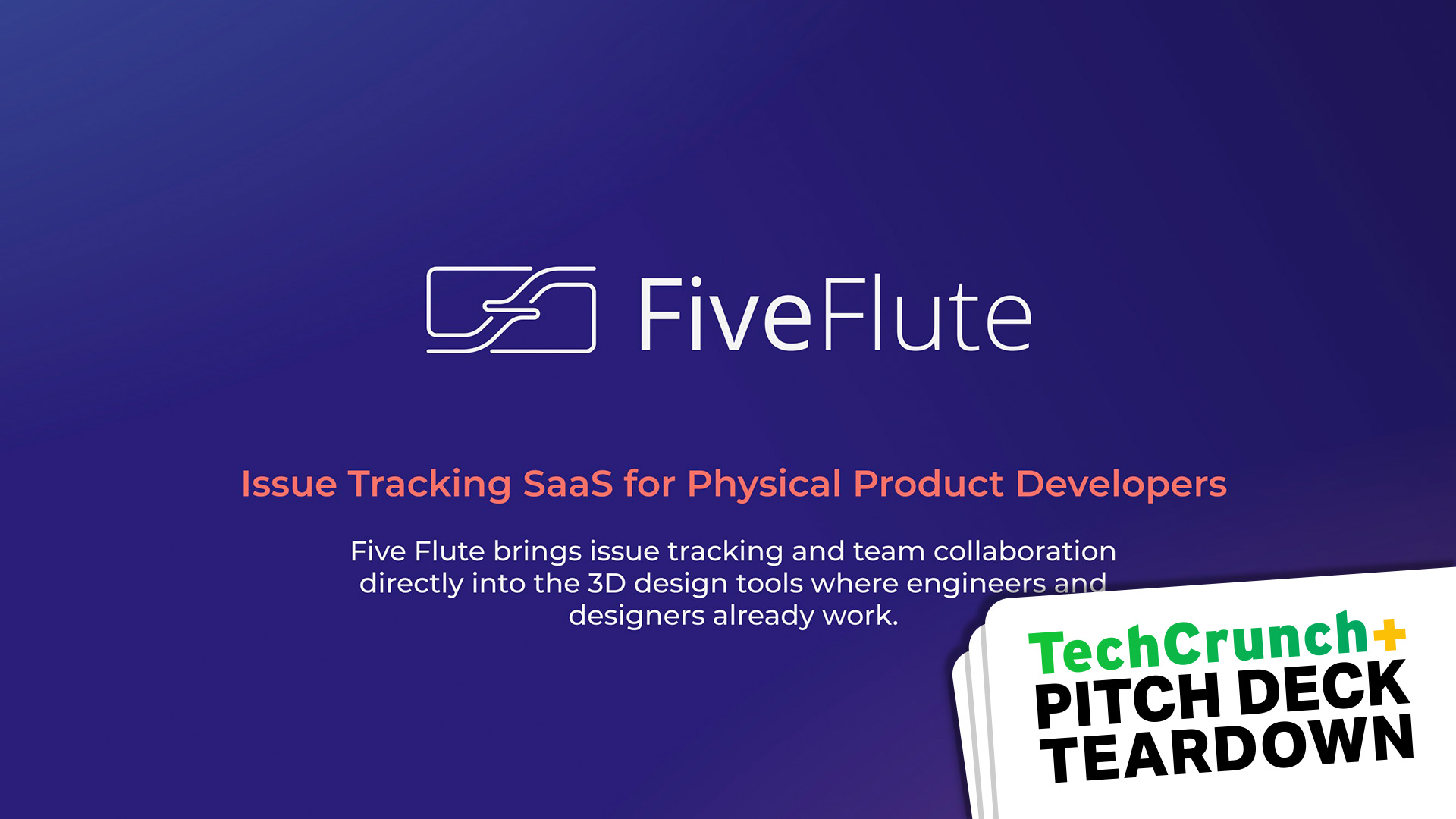In the video game Katamari Damacy, players control an avatar who rolls a sticky ball that captures anything it touches. The goal is to create a sphere large enough to become a star or moon.
E-commerce aggregators work in much the same way by purchasing smaller brands, then optimizing their manufacturing and sales channels to boost market share.
This was effective in a pre-vaccine era when consumers stopped visiting stores, but is the brand-rollup model still viable today?
Full TechCrunch+ articles are only available to members
Use discount code TCPLUSROUNDUP to save 20% off a one- or two-year subscription
“Decreased consumer confidence, inflated brand value, and a freeze in investment capital are creating a perfect storm,” says David Wright, co-founder and CEO of Pattern, an e-commerce accelerator. “Unless aggregators change how they operate, their future is bleak at best and nonexistent at worst.”
Scaling an online business until it’s large enough to flip sounds great, but Wright (who clearly has a vested interest) says small brands should partner with companies that can help them navigate the market, not swallow them whole.
“It’s comparable to the financial crisis of 2008, when poor financial products were lumped together in order to diversify risk and make them look better than they actually were,” he writes.
“We all know how that turned out.”
Thanks for reading — I hope you have a great weekend.
Walter Thompson
Editorial Manager, TechCrunch+
@yourprotagonist
Pitch Deck Teardown: Five Flute’s $1.2M pre-seed deck

Follow-on funding is harder to come by, but seed-stage founders who have a strong idea and good presentation skills can still close rounds.
To wit: Five Flute, an issue-tracking platform for hardware product managers, recently raised a $1.2M SAFE note to ramp up its marketing and hire more technical talent.
Five Flute’s founders shared their slightly redacted pitch deck with us. Besides the standard slides for TAM and GTM strategies, their presentation does a compelling job of describing the problems to be solved and why they believe they’re poised for success:
“We’ve felt this pain personally.”
Dear Sophie: Which immigration options are best for a decentralized team in the US?

Dear Sophie,
We just raised a $20 million Series A, and we need to hire more engineers to fully develop our product.
In addition, we’d like to bring our overseas PEO contractors to the States to join us more locally and in-timezone.
We’re excited about being decentralized — which immigration options are best for us?
— Elated Entrepreneur
Dear Sophie: Which immigration options are best for a decentralized team in the US?
To optimize for growth, study your down-funnel metrics

Early-stage startups put a lot of time and energy into marketing and acquisition: These levers direct new customers into the top of your sales funnel to drive growth. And investors love growth.
But in August 2022, they like revenue even better, which is why Jonathan Martinez says companies should turn their attention to down-funnel metrics.
“Varying messaging by user cohort is your largest lever for moving users through the funnel,” writes Martinez in his latest TechCrunch+ post.
“It’s imperative to slice users into their respective buckets, because it opens the opportunity for unique targeting and messaging.”
How to conduct a reduction in force: Planning, execution and follow-up

It’s hard to argue with the proverb “measure twice and cut once,” especially when it comes to laying off employees.
Few managers have overseen a reduction in force, which is why Nigel Morris, co-founder and managing partner of QED Investors, has been sharing a five-page document with his portfolio company CEOs to give them guidance.
“We broke the process down into three parts: planning, execution and follow-up,” he writes in a TechCrunch+ post that condenses the advice he’s giving the founders he works with.
“The unavoidable reality is that while you’ll need to conduct the RIFs in an organized manner that is grounded in strong business rationale, there is always an overarching need to deliver the message with empathy and respect.”
How to conduct a reduction in force: Planning, execution and follow-up
7 investors discuss why edtech startups must go back to basics to survive

Pre-pandemic, edtech was not an especially frothy sector: In 2019, these startups received approximately $7 billion in VC funding, according to Crunchbase.
Last year, that figure rose to $20 billion after efforts to limit the spread of COVID-19 impacted students of every age.
To learn more about how edtech is faring during the current downturn, Natasha Mascarenhas spoke to seven VCs about the advice they’re offering portfolio companies, where edtech is crossing over into other sectors, and how they prefer to be pitched:
- Ashley Bittner and Kate Ballinger, Firework Ventures
- Jan Lynn-Matern, founder and partner, Emerge Education
- Malvika Bhagwat and Kriti Bansal, Owl Ventures
- Jomayra Herrera, partner, Reach Capital
- Rebecca Kaden, general partner, Union Square Ventures
“I would say the past few years have been more of an anomaly, and we are getting back to a more sustainable pace,” said Reach Capital partner Jomayra Herrera.
7 investors discuss why edtech startups must go back to basics to survive































Comment